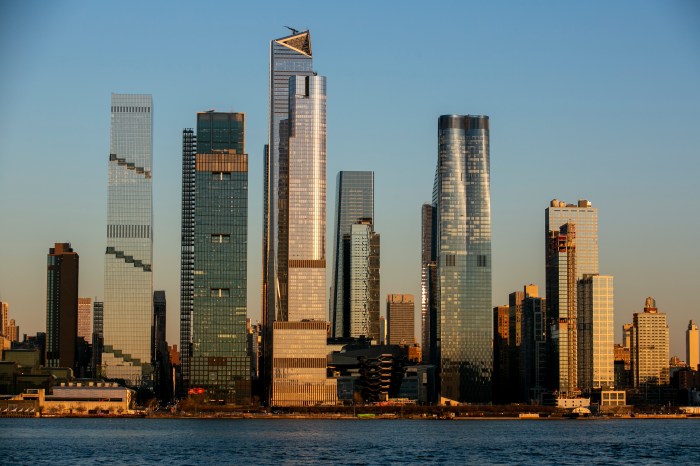By Joan Brown Wettingfeld
Up until the early 1960s, there was in our area of Queens little or no interest in preservation, so buildings and sites which should have been cited for preservation were not rescued from oblivion. One of these was the Bell homestead, which stood on the corner of 38th Avenue and Bell Boulevard. It was named for the family which had been influential in Bayside's early history.
Abraham Bell, who first settled here in 1824, was a successful shipping merchant whose business was in the city. At that time, he bought a 246-acre farm in Bayside from Timothy Matlock. That parcel extended from Little Neck Bay to what is now 204th Street and from 35th Avenue to somewhat south of present-day 39th Avenue. It was divided into two parts by a lane which later became Bell Boulevard.
To provide water for his cattle and horses, Bell created a pond on the lower section of his farm south of Crocheron Avenue. In later years, it became known as “The Goldfish Pond,” and I remember it was enjoyed by skaters in winter in what is today Crocheron Park.
Bell's nephew, Robert, helped run his uncle's farm for a number of years and in 1830 purchased the Lawrence Farm. The two farms constituted more than half of old Bayside. In 1866, Robert Bell donated land for the first Long Island Rail Road station, on the west side of Bell Avenue (now Bell Boulevard) south of the track. Robert Bell was one of two Bayside men whose biography appears in Munsell's “History of Queens County,” published in 1884.
In 1849, part of the lower Abraham Bell farm was sold to former Mayor Andrew Mickle, who built a mansion known as “Bay Lawn.” In that year, Abraham Bell's lower farm was sold and the Bell family, including Thomas Bell, moved to the upper farm and the old homestead, located at the northwest corner of 38th Avenue.
When Thomas Bell died, his son, Abraham Bell II, inherited the upper farm and built the last Bell homestead in 1870 for his bride, Melissa Chambers. They occupied the house in December of that year after their honeymoon and Bell continued to operate the farm. He also served as road supervisor for the area and was responsible for laying out the streets. In addition, he served as a member of the District 2 school board and helped establish a Quaker School on his property.
Much consternation was created when, in the early 1890s, the tax assessors of the town of Flushing tripled the assessment on the Bell farm. They claimed it could no longer be described as “farmland,” but should be assessed as “lots.” Farmers joined the Bell family in disagreeing with the assessors to no avail. The higher assessment stood.
A few years later, Abraham Bell II decided to sell most of the farm, but held on to a few surrounding acres around the old homestead. Some 98 acres were later purchased by real estate interests in 1904 and that property is known today as “Bellcourt.”
Abraham Bell II's children occupied the old homestead until it was no longer feasible for the family to do so. When it was indicated that the house would be sold, the Bayside Historical Society, which at then had no permanent headquarters, took out a year's option to purchase the house for that purpose. The attempt, however, was unsuccessful.
An auction was held in the old house and many fine antiques and family records and papers disappeared. Family memorabilia and items that reflected the life of generations of early Bayside and covering a period of 145 years were lost.
Joan Brown Wettingfeld is a historian and freelance writer.






























